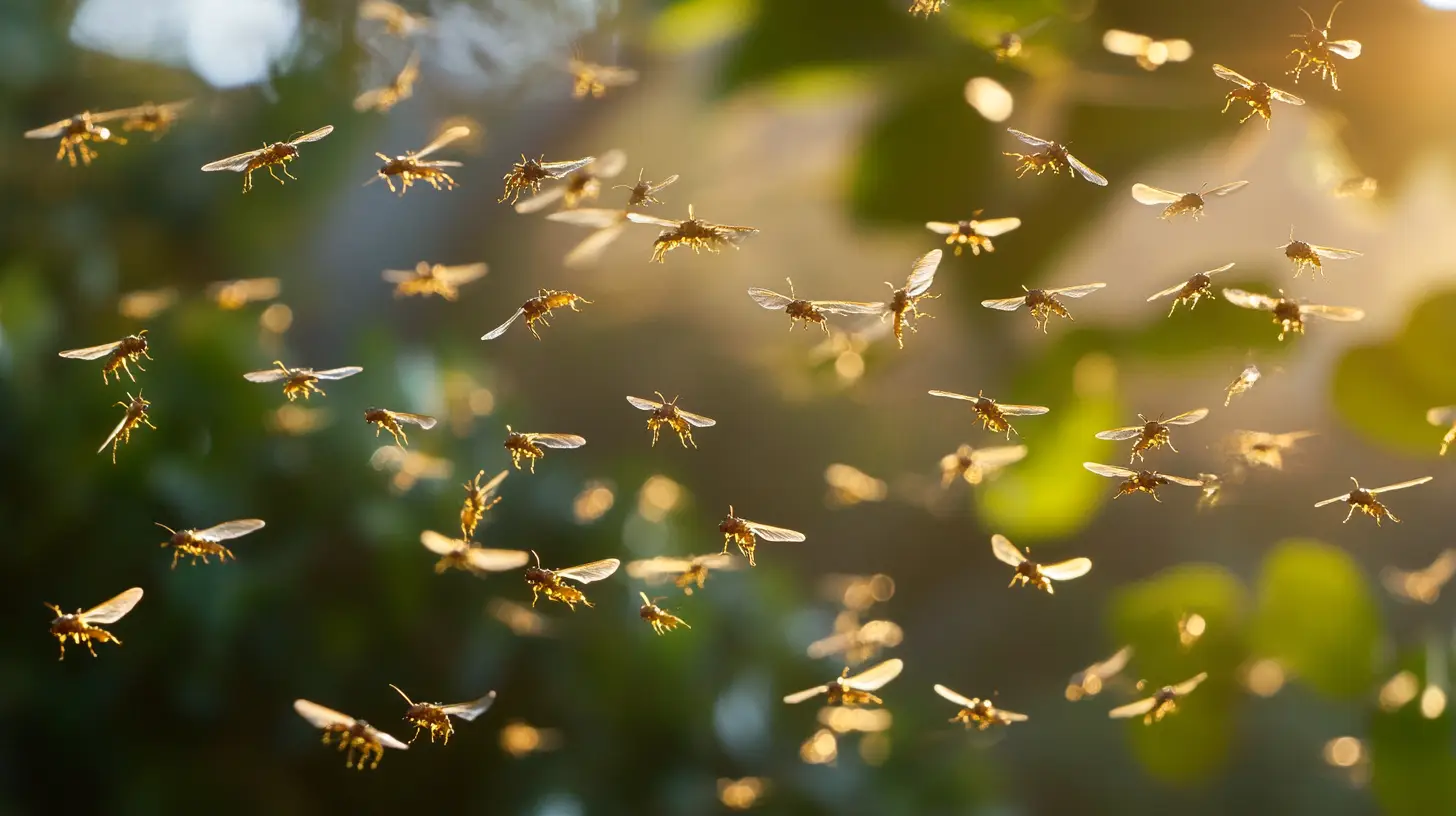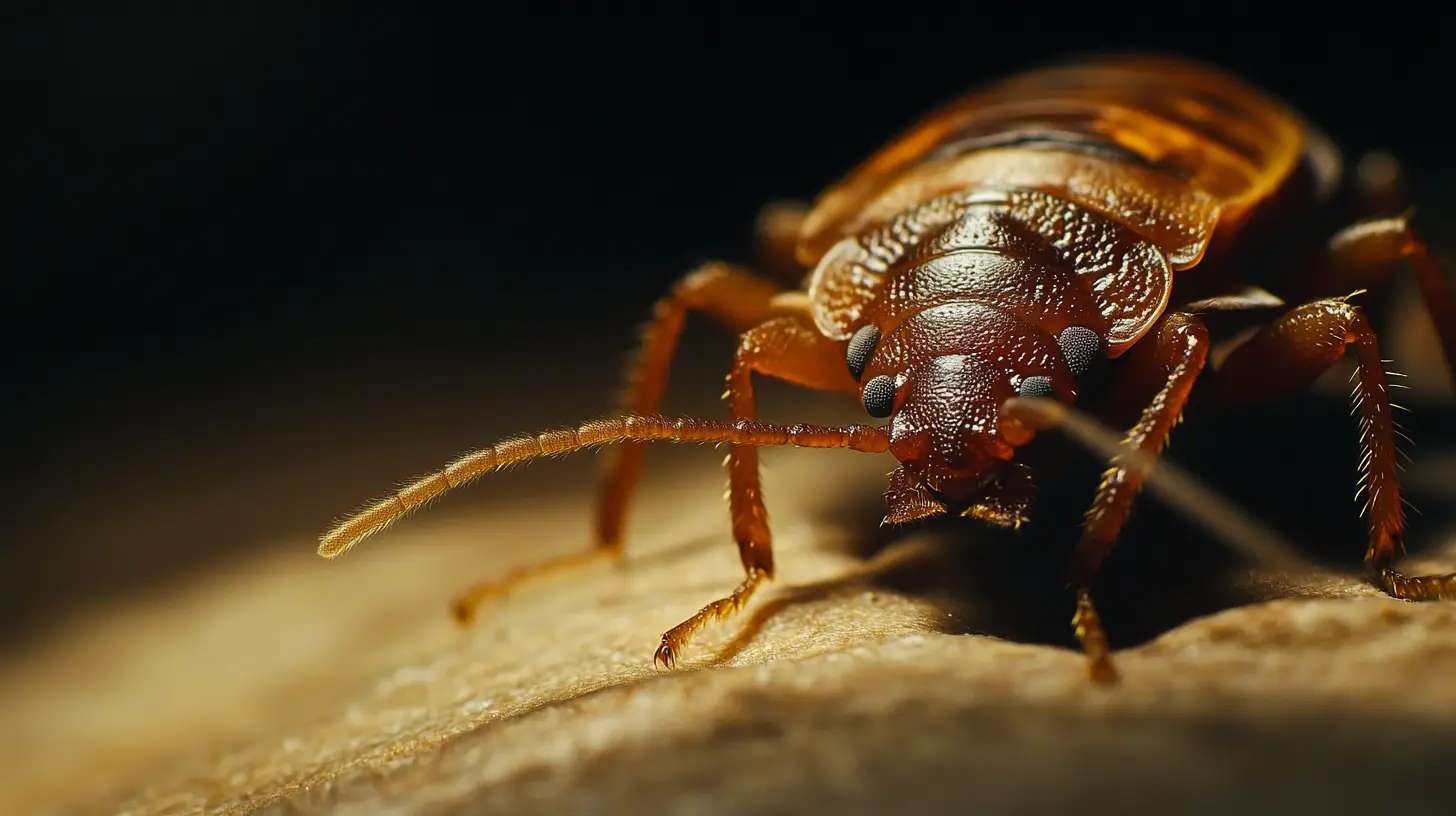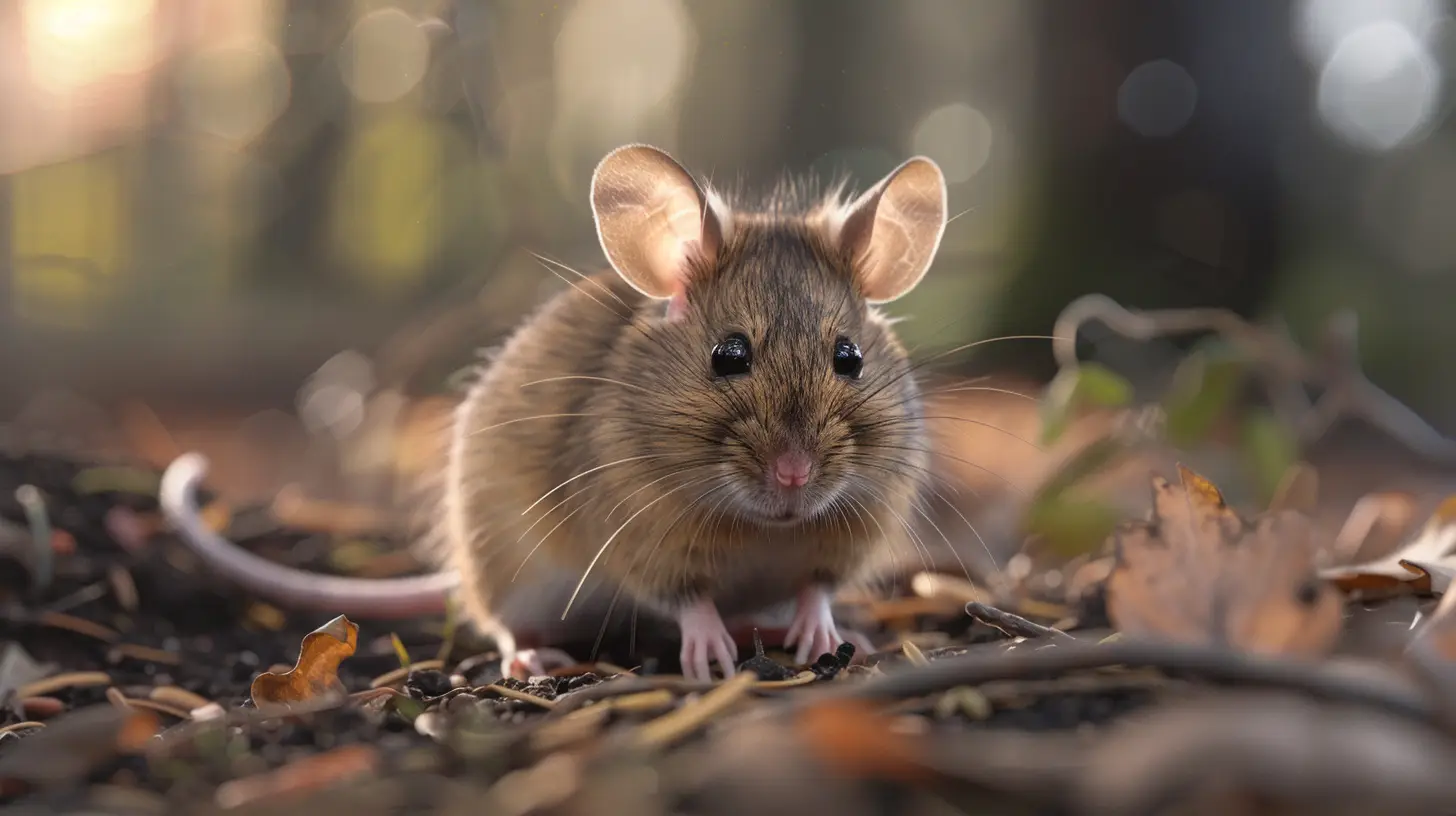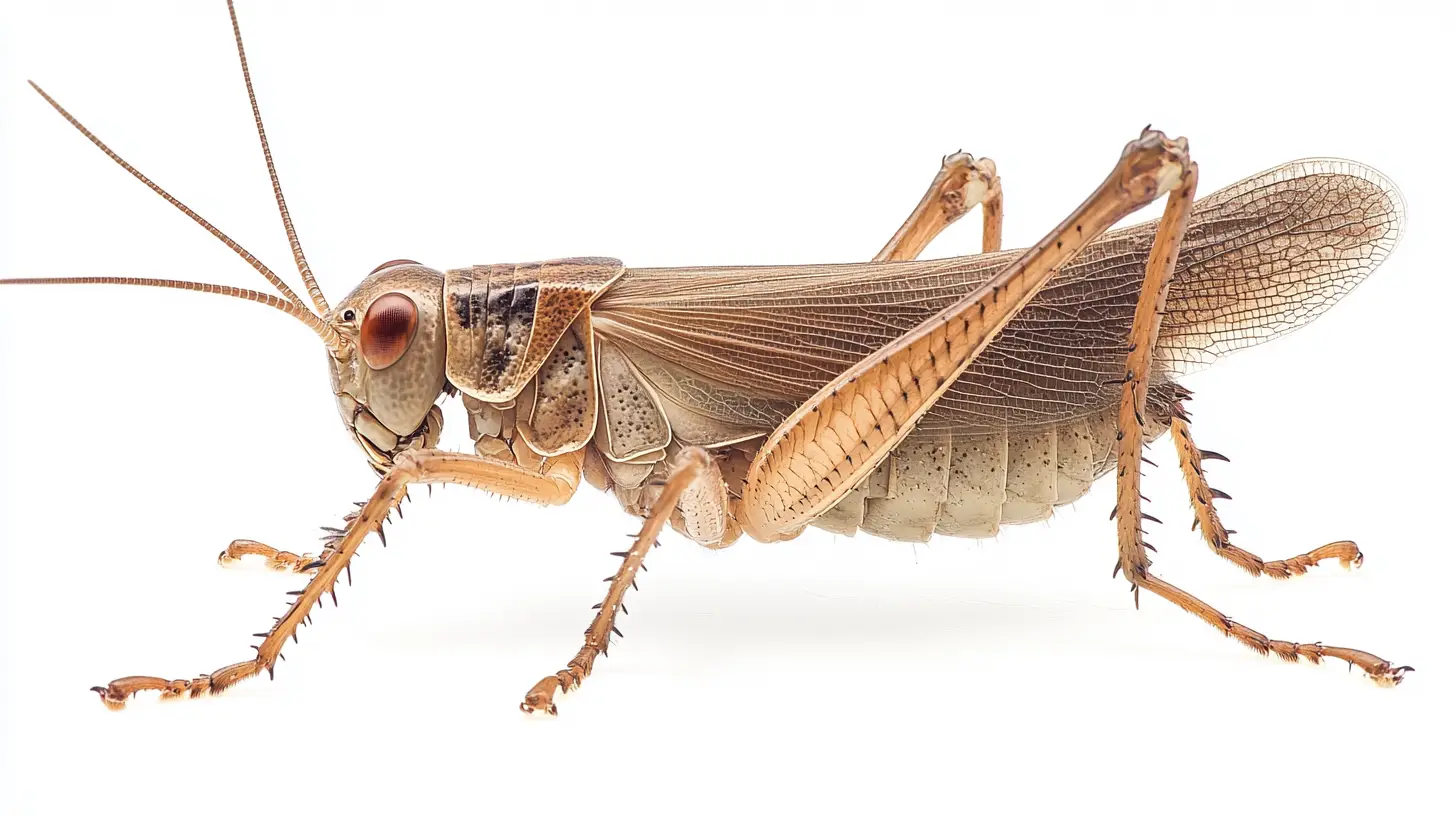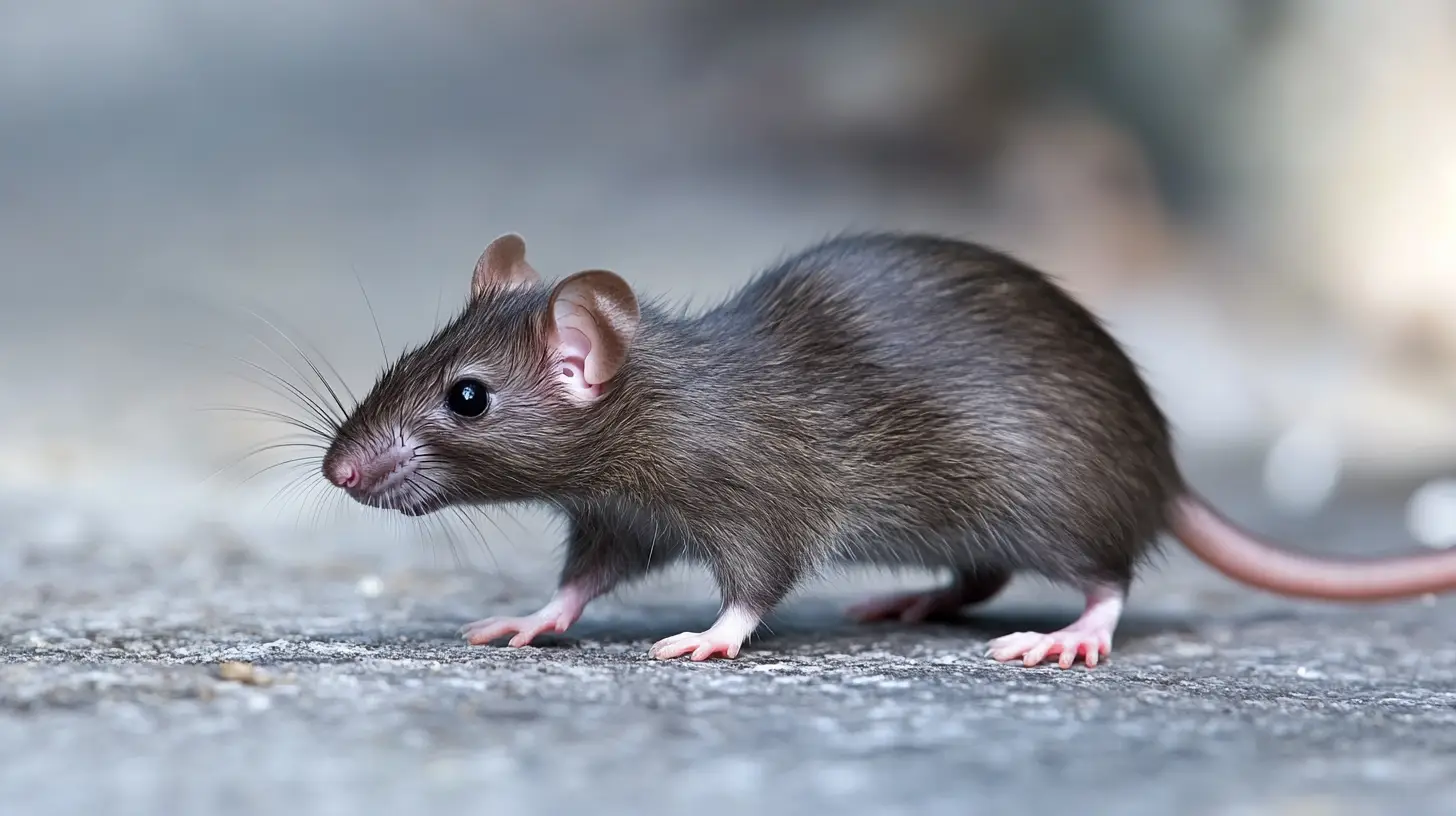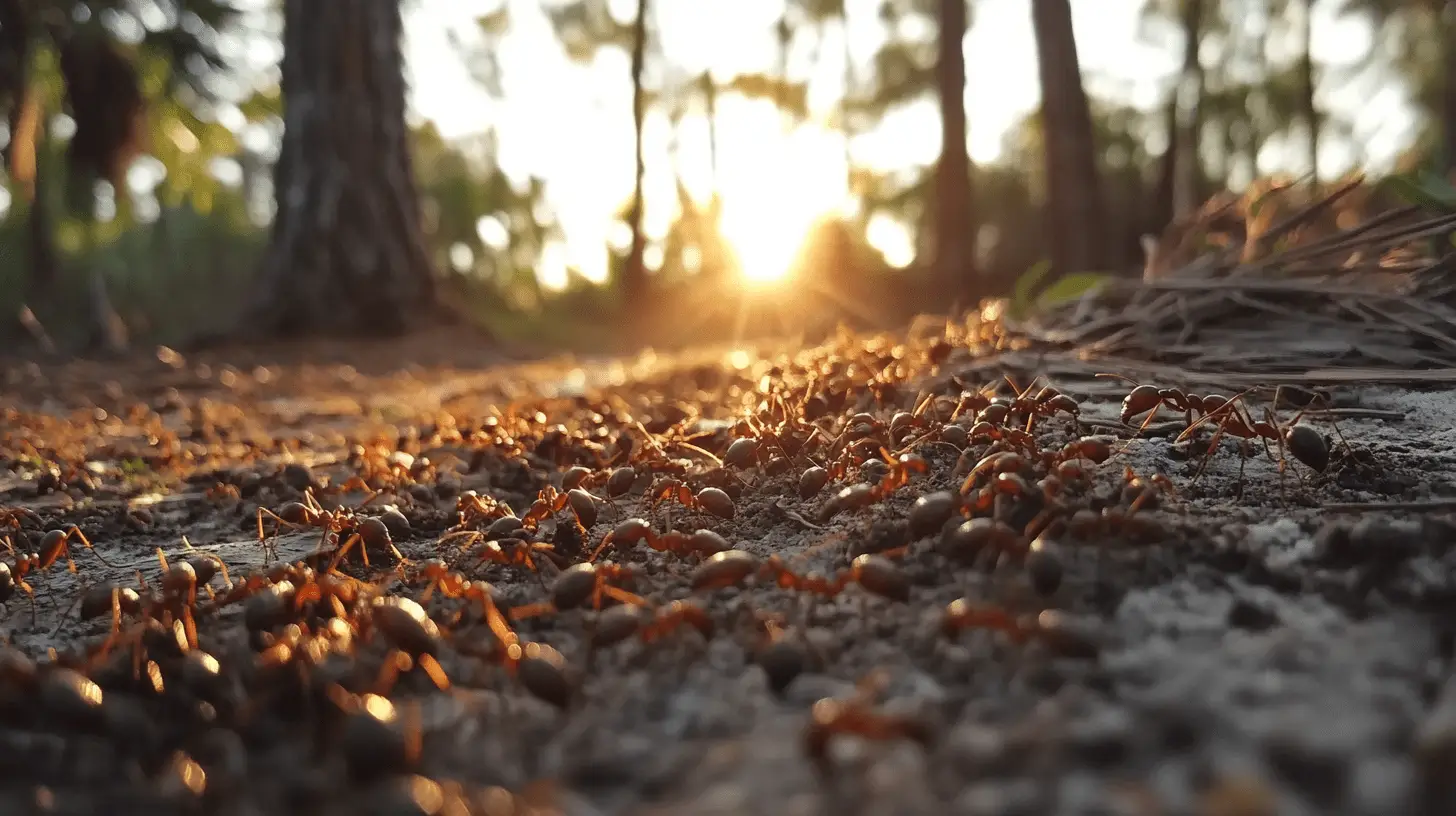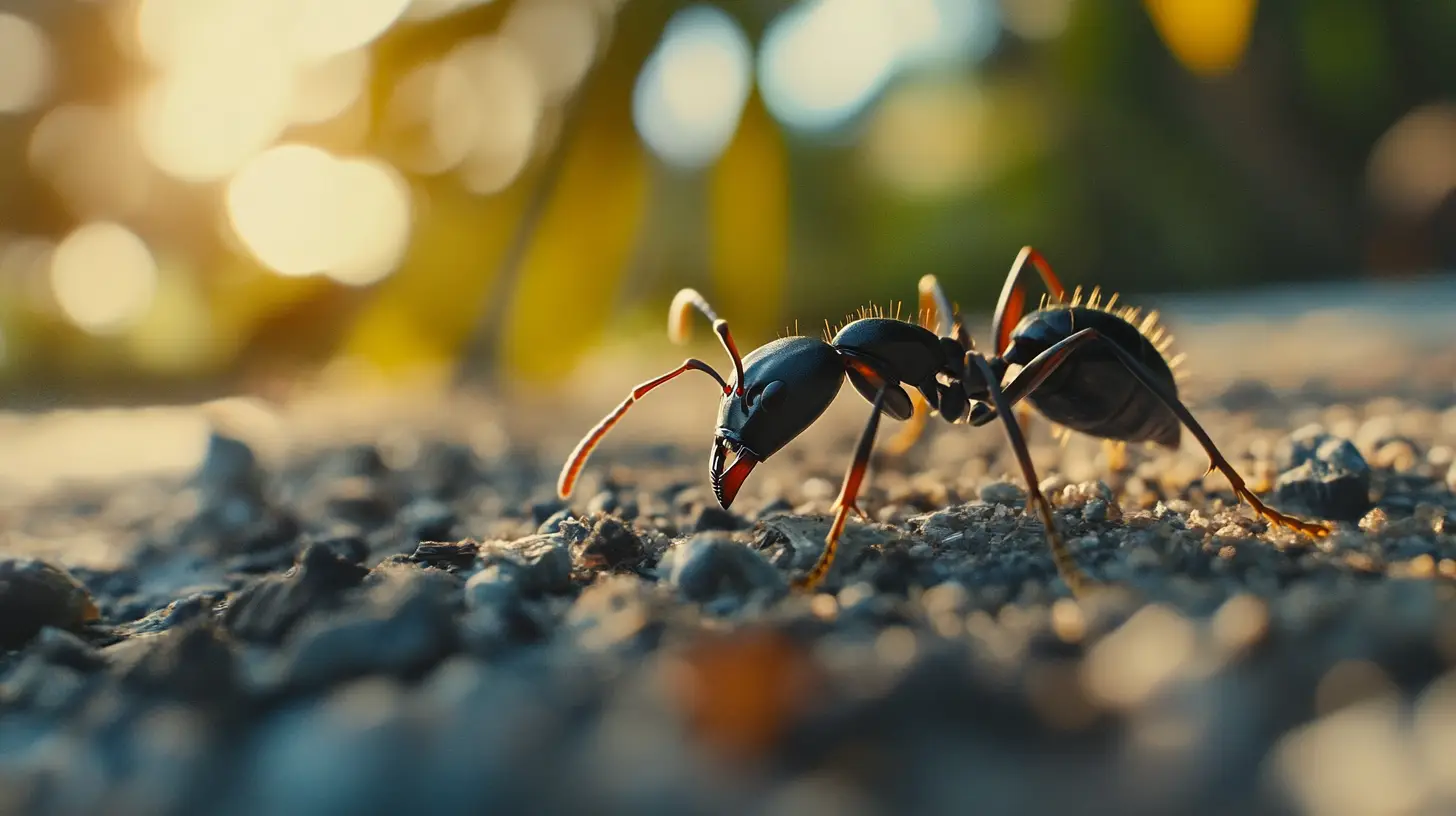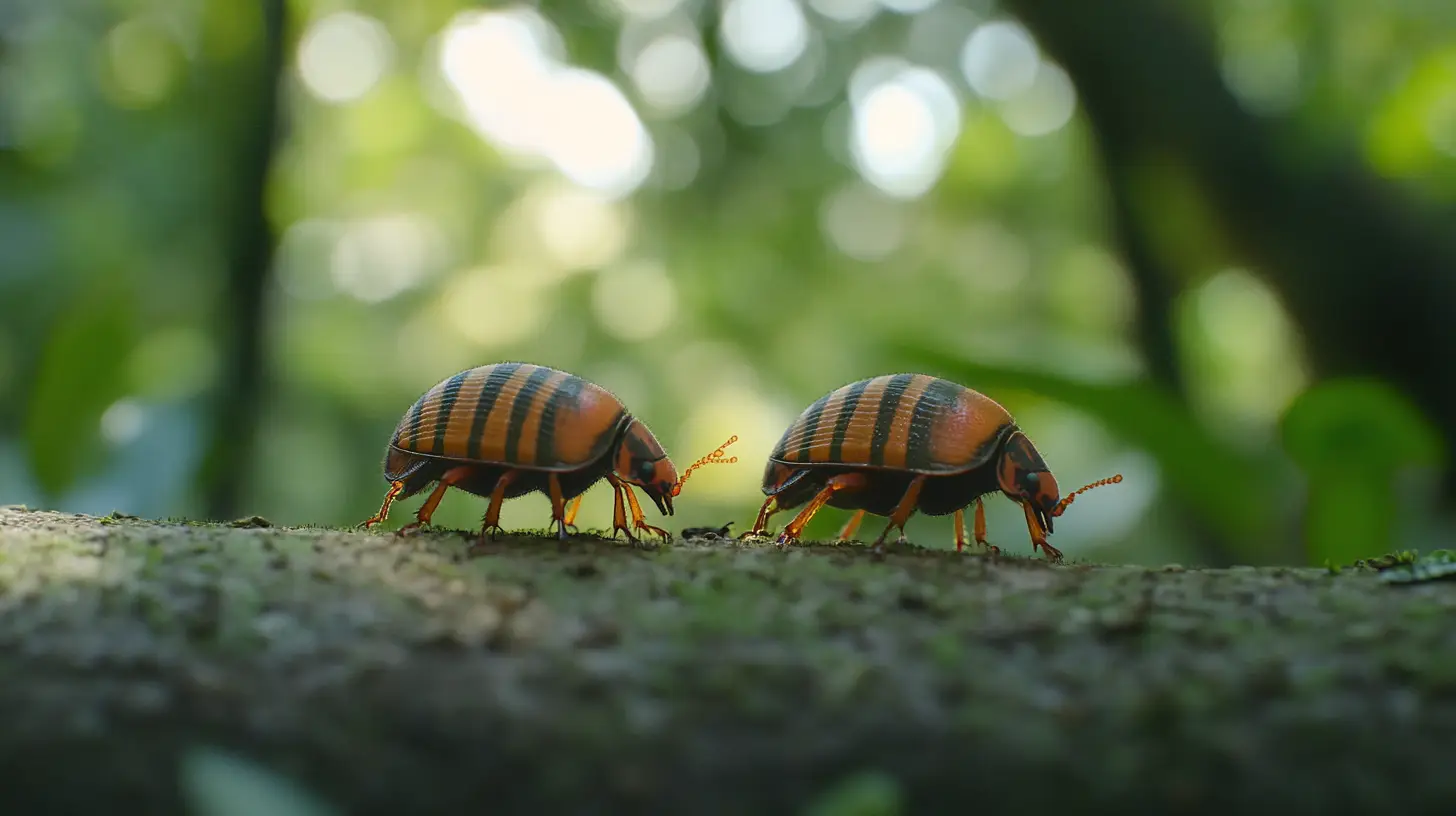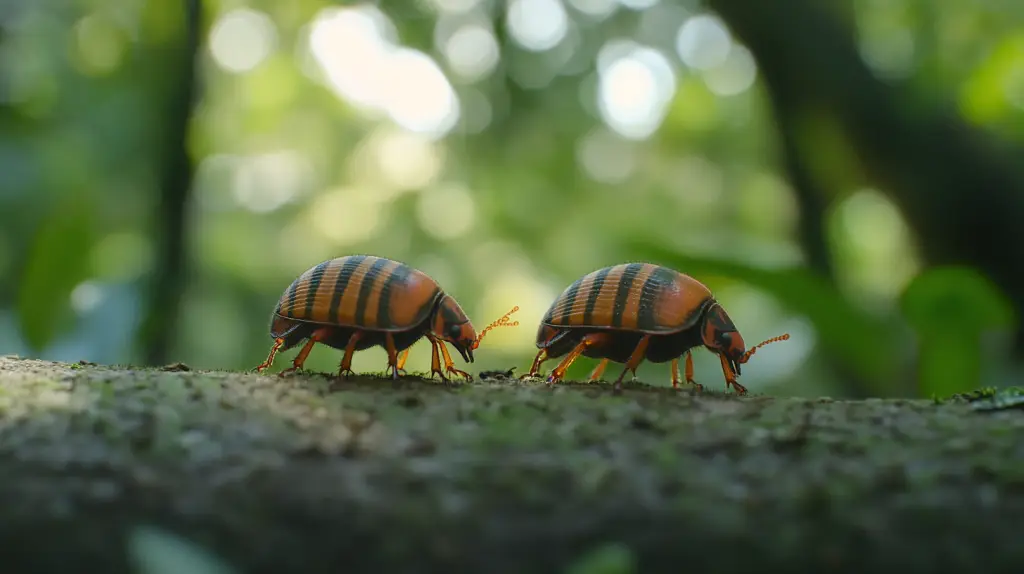
Table of Contents
If you’re trying to get rid of pillbugs in your Lakewood Ranch garden, you’re likely noticing these tiny, round creatures congregating in damp areas like under rocks, mulch, or decaying leaves. While pillbugs (often called “rollie-pollies”) might look harmless, their presence in large numbers can become a nuisance, especially when they start feeding on tender plants or vegetables.
Interestingly, pillbugs aren’t actually bugs at all—they’re crustaceans, closely related to crabs and shrimp. They play an important role in the ecosystem by helping to decompose organic matter and even detoxifying heavy metals from the soil. However, when their population grows too large, they can start feeding on young plants, causing damage to your garden. These nocturnal creatures are well-adapted to life on land, breathing through gills and rolling into a ball (a behavior known as conglobation) to protect themselves from predators.
In this post, we’ll explore practical ways to manage and get rid of pillbugs while maintaining the health of your Lakewood Ranch garden. From natural removal techniques to preventative strategies, we’ll guide you through how to keep these decomposers in check without harming the local ecosystem. Whether you’re curious about their habits or just looking for an effective solution, we’ve got the answers you need to tackle your pillbug problem and protect your outdoor space.
Key Takeaways
- Pillbugs are Beneficial but Can Become a Nuisance: While pillbugs play an important role in breaking down organic matter and improving soil health, they can become problematic when their population grows too large, particularly in moist, humid environments like those in Lakewood Ranch.
- Identification and Habitat: Recognizing pillbugs by their oval, segmented bodies and their ability to roll into a ball is key to understanding their behavior. They thrive in damp, dark areas, such as under rocks or leaf litter, where decaying organic matter is abundant.
- Preventive Measures are Crucial: Reducing moisture levels, removing organic debris, and improving drainage are essential steps to preventing a pillbug infestation. Keeping your garden well-maintained will limit their food and shelter sources.
- Natural Control Methods Work Best: Eco-friendly methods like using beer traps, diatomaceous earth, and beneficial nematodes are effective at managing pillbug populations without harming the ecosystem.
- Indoor Control: To prevent pillbugs from entering your home, seal cracks, use dehumidifiers, and apply diatomaceous earth in damp areas.
- Pillbugs Play a Vital Ecological Role: Despite being seen as pests, pillbugs contribute to soil aeration and nutrient recycling, making them valuable to garden ecosystems. Maintaining balance is key, allowing their benefits while preventing damage to plants.
By following these strategies and maintaining good garden hygiene, you can effectively manage pillbug populations and protect your plants from damage.
Pillbugs – Key Characteristics
Pillbugs, commonly known as roly-polies, are small, land-dwelling crustaceans from the family Armadillidiidae. While they may look like insects, they are actually more closely related to aquatic crustaceans such as shrimp and crabs. These fascinating creatures have a unique ability to roll into a tight ball when threatened, much like their namesake, the armadillo. This defense mechanism, known as conglobation, helps them avoid predators.
Pillbug Identification Guide
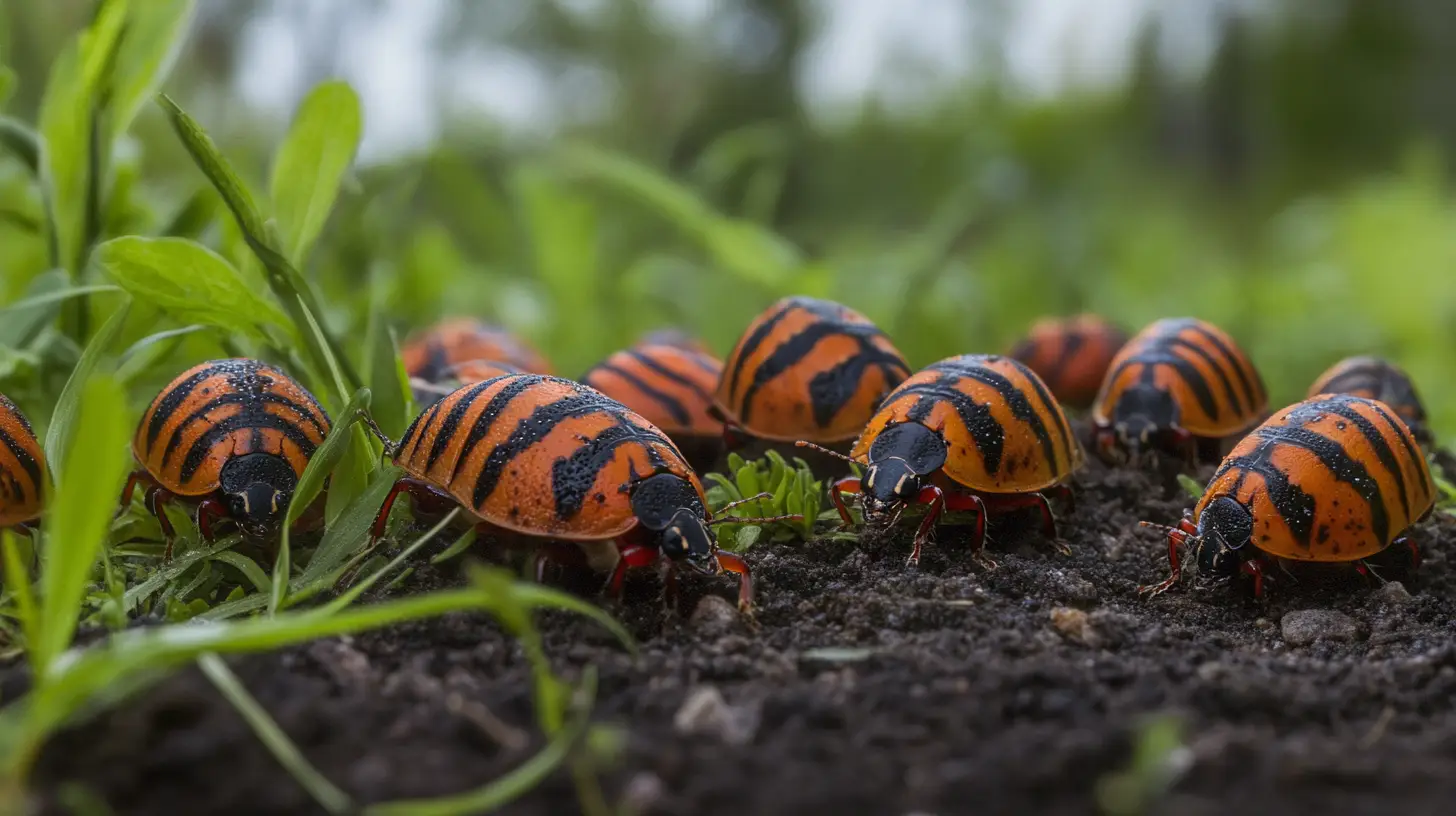
Identification Features
Color: Typically dark gray to black, though some may appear brownish.
Size: They generally measure between ¼ inch to ¾ inch (approximately 6 to 19 mm) in length.
Body Structure: Pillbugs have an oval-shaped body that is longer than it is wide. Their bodies are made up of seven overlapping plates, giving them a segmented appearance. They possess two pairs of antennae and seven pairs of legs (14 legs total).
Shape: When threatened, pillbugs can roll into a tight ball, which is a key feature that distinguishes them from other similar creatures like sowbugs, which cannot roll up.
Habitat: Pillbugs prefer moist environments and are commonly found under rocks, logs, leaf litter, and in gardens or compost piles.
Behavior
Nocturnal Activity: Pillbugs are primarily active at night and tend to hide during the day to retain moisture.
Diet: They are scavengers that feed on decaying plant material, fungi, and occasionally tender plant parts.
Life Cycle
Pillbugs carry their eggs in a brood pouch under their bodies until they hatch. The young emerge as miniature versions of adults.
Conclusion
Pillbugs are harmless to humans and do not bite or spread diseases. They play an essential role in the ecosystem by helping decompose organic matter. If you encounter them indoors, it’s usually due to moisture issues or access points that need sealing.
- Physical Characteristics: Pillbugs are easily recognizable by their oval, segmented bodies, which are typically slate-gray and measure about 1/4 to 5/8 inches in length. Their bodies are protected by overlapping plates that allow them to roll up, distinguishing them from their close relatives, sowbugs, which do not have this ability. They possess seven pairs of legs, giving them a total of 14 legs, and two pairs of antennae, although the second pair is often hidden from view. These features contribute to their agility in navigating moist environments.
- Habitat and Distribution: Pillbugs thrive in moist, humid environments, which is why you’ll often find them hiding under rocks, logs, and leaf litter, where decaying organic matter is abundant. Originally native to the Mediterranean region, they have since spread across the globe, adapting to various climates, including temperate forests, grasslands, and even some desert areas. In places like Lakewood Ranch, Florida, where the climate is warm and humid, pillbugs can be found in gardens and damp areas of the landscape.
- Behavior and Diet: These little crustaceans are detritivores, which means they feed on decaying plant material, helping to break it down and recycle nutrients back into the soil. This makes them important contributors to soil health, as they aid in the decomposition process. However, their preference for dark, damp places means they are most active at night, when the conditions are ideal for foraging. During the day, they avoid drying out by hiding in moist areas.
- Reproduction and Lifespan: Female pillbugs carry their eggs in a brood pouch located on the underside of their bodies, much like other crustaceans. After an incubation period of 3 to 7 weeks, the eggs hatch, and the young remain in the pouch for an additional 6 to 7 weeks. Pillbugs typically live for about two years, but under favorable conditions, they can live even longer.
- Ecological Role: In addition to helping maintain soil health, pillbugs play a crucial role in breaking down organic material, which improves soil structure and stimulates microbial activity. They also help aerate the soil, ensuring that plants have access to essential nutrients and oxygen. Their role as natural recyclers makes them valuable contributors to garden ecosystems, despite sometimes being viewed as pests.
- Interaction with Humans: Although pillbugs are generally harmless to humans and pets, they can become a nuisance if their populations grow too large, especially when they begin to venture indoors. They do not bite, sting, or spread diseases, but their presence in homes or greenhouses can be unwelcome. Occasionally, pillbugs may nibble on tender seedlings, but they are not typically destructive to healthy plants.
Overall, pillbugs are beneficial creatures that contribute to the balance of natural ecosystems by breaking down organic matter and improving soil quality. However, if their numbers become overwhelming in your Lakewood Ranch garden, it may be time to explore management strategies to keep them in check.
How to Get Rid of Pillbugs – A Comprehensive Guide
Pillbugs, while helpful in breaking down organic matter, can become a problem when they invade gardens or homes in large numbers. If you’re facing a pillbug infestation in your Lakewood Ranch garden, there are several eco-friendly methods to manage them effectively. This guide provides step-by-step solutions to help you protect your plants and reduce pillbug populations naturally.
The first step to controlling pillbugs is through prevention and habitat modification. Pillbugs thrive in damp, humid environments, so start by removing decaying organic matter such as leaf piles, garden debris, and rotting vegetation from your garden. These materials provide ideal hiding spots and food sources for pillbugs. Additionally, reducing moisture levels is crucial. Improve drainage around your plants and avoid overwatering, as excess moisture encourages pillbug activity. Using coarse mulch can also help by allowing water to pass through more easily and keeping the soil surface drier. Increasing air circulation by trellising vines or elevating fruits and vegetables can also reduce damp conditions that attract pillbugs.
Natural trapping methods can provide an immediate reduction in pillbug numbers. One effective trap is the beer trap—sink shallow containers filled with beer or a yeast-water solution into the soil, with the rim level with the ground. Pillbugs are attracted to the yeast and will fall into the trap. Check and empty the traps daily to manage the population. Another method is using cut pieces of potatoes, citrus rinds, or other moist vegetables as traps. Place them face-down in affected areas, and in the morning, you’ll find pillbugs gathered underneath them, ready to be disposed of.
How to Get Rid of Pillbugs: A Comprehensive Guide
1. Prevention and Habitat Modification
– Remove decaying organic matter, leaf piles, and garden debris
– Reduce moisture by improving drainage and avoiding overwatering
– Use coarse mulch that allows water to pass through easily
– Improve air circulation around plants by trellising vines and elevating fruits/vegetables
2. Natural Trapping Methods
Beer Traps
– Sink shallow containers into the soil, rim level with the ground
– Fill with beer or a yeast-water solution
– Check and empty traps daily
Fruit/Vegetable Traps
– Use cut potatoes, citrus rinds, or other moist fruit/vegetable pieces
– Place face-down in affected areas
– Check traps in the morning and dispose of collected pillbugs
Bamboo or Toilet Roll Traps
– Cut tubes lengthwise and line with duct tape (sticky side out)
– Place in garden areas where pillbugs are active
– Check and replace regularly as moisture reduces stickiness
3. Physical Barriers
Seedling Collars
– Wrap seedling stems with duct tape (sticky side out)
– Bury half the taped stem in the ground
– Remove tape as the stem grows to prevent constriction
Newspaper or Cardboard Collars
– Cut strips and wrap around seedling stems
– Bury partially in the soil
– These will naturally decompose as the plant grows
4. Diatomaceous Earth (DE) Application
– Use food-grade DE for safety
– Wear protective gear (mask, gloves, eye protection) when applying
– Sprinkle around the base of plants and in cracks/crevices
– Reapply after rain or watering (DE loses effectiveness when wet)
5. Beneficial Nematodes
– Apply Steinernema carpocapsae nematodes to the soil
– Follow package instructions for proper application
– These microscopic organisms target and kill pillbugs
6. Companion Planting
– Plant marigolds and chrysanthemums near vulnerable crops
– These plants may help repel pillbugs
7. Manual Removal
– For small infestations, hand-pick pillbugs
– Drop them into a bucket of soapy water
8. Soil Management
– If dealing with potted plants, consider repotting with fresh soil
– Shake root balls to dislodge hiding pillbugs
9. Chemical Control (as a last resort)
– Use organic-approved insecticides like spinosad or pyrethrin
– Apply according to label instructions
– Focus on areas where pillbugs congregate
10. Ongoing Maintenance
– Monitor your garden regularly for signs of pillbug activity
– Maintain good garden hygiene by promptly removing dead plant material
– Adjust watering practices to avoid creating overly moist conditions
11. Indoor Control
– Seal cracks and entry points around the home’s foundation
– Use dehumidifiers in damp basements or crawl spaces
– Apply diatomaceous earth in low-traffic indoor areas where pillbugs are seen
Conclusion
By combining these methods and maintaining consistent garden care practices, you can effectively manage pillbug populations and protect your plants from damage.
Physical barriers can also be a useful way to protect your plants from pillbugs. For seedlings, you can wrap the stems with duct tape (sticky side out) or use newspaper or cardboard collars partially buried in the soil. These barriers prevent pillbugs from reaching the vulnerable stems of young plants. As the seedlings grow, remove the barriers to avoid constriction, but by then, the plants will be more resistant to damage.
For more persistent infestations, diatomaceous earth (DE) can be an effective solution. This natural substance, made from crushed fossilized algae, is harmless to humans and pets but deadly to pillbugs. Sprinkle food-grade DE around the base of plants and in cracks or crevices where pillbugs are hiding. Just remember that DE loses its effectiveness when wet, so you’ll need to reapply it after rain or watering. Another biological control method is introducing beneficial nematodes, such as Steinernema carpocapsae, which are microscopic organisms that target and kill pillbugs. These nematodes can be applied to the soil following the instructions on the package, offering an eco-friendly way to reduce pillbug populations.
Companion planting is another natural strategy to keep pillbugs away. Planting marigolds or chrysanthemums near your vulnerable crops can help repel pillbugs due to their strong scents. Additionally, for smaller infestations, manual removal may be sufficient. Simply hand-pick pillbugs from your plants and drop them into a bucket of soapy water to eliminate them.
Soil management is also crucial, especially if you’re dealing with potted plants. Consider repotting with fresh soil and shaking the root balls to dislodge any hiding pillbugs. This helps break the cycle and prevents future infestations. For indoor control, make sure to seal cracks and entry points around your home’s foundation and use dehumidifiers in damp areas like basements or crawl spaces. Applying diatomaceous earth in low-traffic indoor areas can also help keep pillbugs out of your home.
By combining these natural methods and maintaining consistent garden care practices, you can effectively manage pillbug populations and protect your plants without resorting to harsh chemicals. Regular monitoring and good garden hygiene are key to keeping these crustaceans in check, ensuring your garden thrives in Lakewood Ranch’s warm, humid climate.
Frequently Asked Questions (FAQs)
What are pillbugs?
Pillbugs, often called “roly-polies,” are small, land-dwelling crustaceans belonging to the family Armadillidiidae. Unlike insects, they are more closely related to aquatic crustaceans like shrimp and crabs. Pillbugs are known for their ability to roll into a tight ball (a behavior called conglobation) when threatened.
What do pillbugs look like?
Pillbugs have oval, segmented bodies that are typically slate-gray in color. They measure about 1/4 to 5/8 inches in length. Their body is covered with overlapping plates that protect them and allow them to roll up. They have seven pairs of legs (14 total) and two pairs of antennae, though the second pair is often hidden.
Where do pillbugs live?
Pillbugs thrive in moist, humid environments. You’ll often find them hiding under rocks, logs, leaf litter, or garden debris. They prefer places with decaying organic matter, as this provides them with food and shelter. In Lakewood Ranch, FL, the warm, humid climate makes gardens, compost piles, and shaded areas ideal habitats for pillbugs.
What do pillbugs eat?
Pillbugs are detritivores, meaning they feed primarily on decaying plant material. They help break down organic matter, recycling nutrients back into the soil. Occasionally, pillbugs may nibble on tender plant seedlings, but their primary diet consists of rotting leaves, wood, and other organic debris.
Are pillbugs harmful to plants or humans?
Pillbugs are generally harmless to humans and pets; they do not bite or spread diseases. While they are beneficial to gardens by breaking down organic matter and improving soil health, they can become a nuisance if their population grows too large. In such cases, they may feed on young plant seedlings, causing damage.
How do pillbugs reproduce?
Female pillbugs carry their eggs in a brood pouch located under their bodies. The eggs hatch after 3 to 7 weeks, and the young remain in the pouch for an additional 6 to 7 weeks. Pillbugs typically live for about two years, though they can survive longer in favorable conditions.
Why are there so many pillbugs in my garden?
A large population of pillbugs in your garden may be due to an abundance of moisture and decaying organic matter. Pillbugs thrive in damp conditions, so overwatering, poor drainage, or excess organic debris (such as leaf piles) can create the perfect environment for them to multiply.
How can I prevent pillbug infestations?
To prevent pillbug infestations, reduce moisture levels in your garden. Avoid overwatering, improve drainage, and remove decaying organic matter regularly. Using coarse mulch can help reduce moisture buildup, and increasing air circulation by elevating plants or trellising vines can discourage pillbugs from settling in.
What are natural ways to get rid of pillbugs?
There are several eco-friendly methods to manage pillbugs:
- Natural traps: Place shallow containers filled with beer or a yeast-water solution into the soil. Pillbugs will be attracted to the yeast and fall into the trap.
- Fruit/vegetable traps: Lay cut potatoes or citrus rinds face-down in problem areas, then check in the morning to remove pillbugs that have gathered underneath.
- Manual removal: For smaller infestations, hand-pick pillbugs from plants and drop them into a bucket of soapy water.
- Diatomaceous earth (DE): Sprinkle food-grade DE around plant bases. It is effective but must be reapplied after rain.
What are physical barriers for protecting plants from pillbugs?
Physical barriers such as seedling collars can protect young plants from pillbugs. You can wrap seedling stems with duct tape (sticky side out) or use cardboard collars partially buried in the soil. These barriers prevent pillbugs from accessing vulnerable plants.
What are beneficial nematodes, and how do they help control pillbugs?
Beneficial nematodes, such as Steinernema carpocapsae, are microscopic organisms that target and kill pillbugs in the soil. They can be applied as a biological control method by following the instructions on the nematode product package.
Can I use chemical control for pillbugs?
Chemical control should be a last resort. Organic-approved insecticides like spinosad or pyrethrin can be used to target pillbugs, but they should only be applied according to label instructions and in areas where pillbugs are most active.
How can I manage pillbugs indoors?
To control pillbugs indoors, focus on sealing cracks and entry points around your home’s foundation. Use dehumidifiers in damp areas such as basements or crawl spaces, and apply diatomaceous earth in low-traffic areas where pillbugs are commonly seen.
What role do pillbugs play in the ecosystem?
Pillbugs play an essential role in the ecosystem by breaking down decaying organic matter. They help recycle nutrients and aerate the soil, which benefits plant growth and soil health. Despite sometimes being viewed as pests, their natural recycling functions are crucial to maintaining a balanced garden ecosystem.
How can I maintain long-term control of pillbugs in my garden?
To maintain long-term control of pillbugs, focus on ongoing garden care:
- Regularly remove decaying organic matter and plant debris.
- Avoid creating overly moist conditions by adjusting watering practices.
- Monitor your garden for pillbug activity and use natural trapping or manual removal methods as needed.
By following these steps, you can effectively manage pillbugs and protect your plants in Lakewood Ranch’s warm, humid climate.

